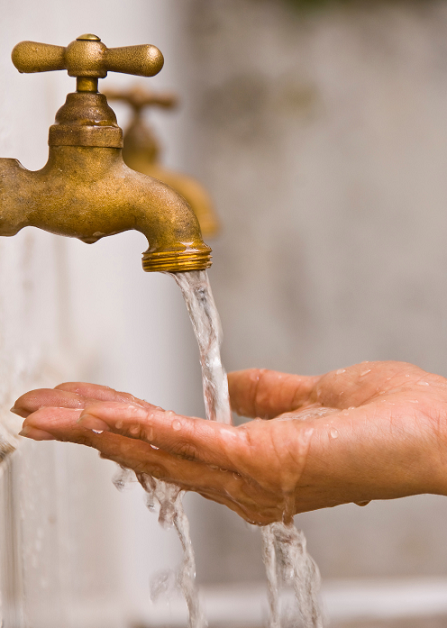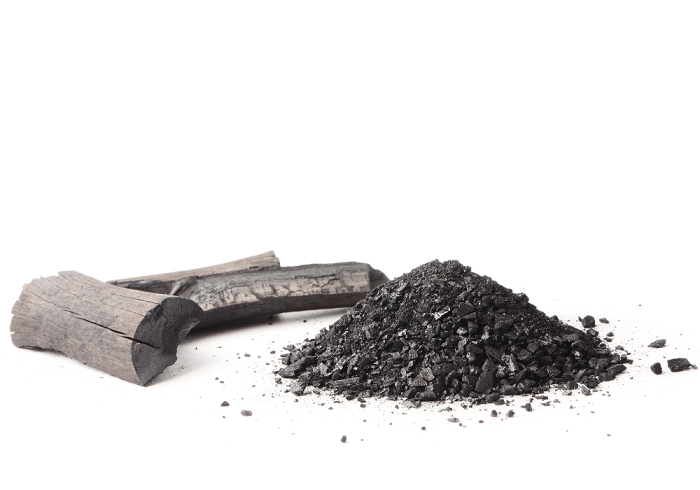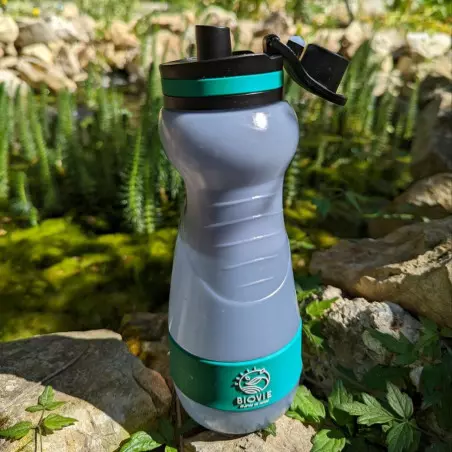It looks like your text got cut off. Could you please provide the complete text you would like translated from French to English?drinking water is essential to human life, but it can contain certain impurities and contaminants that can be dangerous to our health. That's why thewater filters have become an essential tool to ensure the supply of clean and safe drinking water.
Among the most commonly used techniques for water purification, we find the use of activated carbon filters, it removes contaminants from water by using a combination of physical and chemical phenomena to trap and adsorb impurities. In this article, we will examine the importance of activated carbon filters, explore their functioning and composition, as well as their lifespans.
Why is it important to filter tap water ?
Filter the water from the tap is important for several reasons:
- Tap water can contain impurities and contaminants such as bacteria, viruses, heavy metals, chemicals, and pollutants, which can have harmful effects on human health.
- Water pipes can be contaminated by bacteria and viruses due to corrosion and cracks. Even if tap water appears clear and clean, it may contain impurities that are invisible to the naked eye.
- Filtering tap water ensures high-quality water as it improves the taste, eliminates bad odors, and provides quality hydration.
- Water filtration can help extend the lifespan of household appliances that use water, such as coffee machines or kettles.
- Chlorine is often used in water pipes to eliminate bacterial growth, which can result in an unpleasant aftertaste. The water filters are an effective way to save money if you are used to buying bottled water packs because of the taste of tap water.

How does activated charcoal filter water ?
Activated charcoal is a material with a porous structure and an absorbent surface that is often used as water filter. It operates using a process called "adsorption," which involves trap contaminants in the pores of activated carbon.
When water passes through the activated carbon filter, the contaminants present in the water adhere to the porous surfaces of the carbon. The contaminants are then trapped in the pores of the carbon, allowing clean water to pass through the filter. Activated carbon is capable of trapping a wide range of contaminants, including pesticides, ", the" chemical products, ", the" heavy metals "and the" organic impurities.
How is a carbon filter made ?
An activated carbon filter is composed of several components that work together to trap contaminants in the water. Here are the main components:
The case: It is the outer shell of the filter that contains the activated charcoal and the water to be filtered. The casing can be made of different materials, such as plastic, glass, or metal. In the case of the Naturalizer that we market, the casing is made of metal.
The filtering media: Activated charcoal is the primary filtering medium used in charcoal filters. It is available in various forms, such as granules, powder, or blocks. Activated charcoal granules are the most commonly used in domestic water filters.
The pre-filter: Some carbon filters may include a pre-filter that removes sediments and coarse particles from the water before it passes through the activated carbon. Pre-filtration helps to extend the lifespan of the activated carbon by reducing the accumulation of sediments in the filter.
The water outlet: The water outlet is the place where filtered water exits the filter. It is often equipped with a faucet or a connection to attach a hose. This specific point is where it is beneficial to energize, re-inform, and restructure the water (which are essentially the same thing) so that the water regains its natural properties and increases its ability to pass through cell membranes, thereby becoming more hydrating. This aspect is often overlooked in "simple" filtration systems.
The choice of components depends on the brand and model of the filter, as well as the specific water filtration needs.
There are also charcoal filters in the form of sticks, also called "activated charcoal stick"or"binchotan charcoal stick"It is a cylinder or stick of charcoal, typically made from oak or coconut, which is used to purify drinking water. These sticks can last for several months if they are well-maintained and cleaned regularly."
How is activated charcoal made ?
Activated charcoal is made from organic materials such as walnut shells of coconut, ", the" wood "and the" agricultural residues. Here are the typical steps for manufacturing activated charcoal:
Selection and preparation of raw materials: The raw materials are sorted and prepared based on their size and quality to ensure they will produce high-quality activated charcoal.
Carbonization: The raw materials are heated to a very high temperature through pyrolysis in an oxygen-poor environment. This heating step transforms the raw materials into charcoal by creating initial porosity and eliminates volatile substances such as water, gases, and organic compounds.
Activation: The charcoal obtained in the first step is activated by heating it to an even higher temperature, to increase the adsorptive power of the charcoal, often in the presence of gases such as carbon dioxide or steam. This activation will make the surface of the activated charcoal even more porous, thereby increasing its specific surface area and its capacity to adsorb contaminants.
Washing and drying: Activated charcoal is then washed to remove all impurities and residues from the manufacturing process. After washing, the activated charcoal is dried at high temperature to remove any remaining moisture.
Sieving and packaging: Sieving is used to remove incorrectly sized charcoal particles and is conditioned according to its intended use. Activated charcoal granules are generally used for domestic water filters, while activated charcoal powder is often used in industrial applications for wastewater filtration.
How long does a carbon filter last ?
The lifespan of a carbon filter depends on several factors, such as the water flow rate, the level of water contamination, and the type of carbon used. In general, activated carbon water filters need to be replaced regularly. The smaller the filter volume (in a filtering pitcher, it is close to a thimble), the more frequently it needs to be replaced.
It is important to follow the instructions and replace the charcoal filter on time. If the filter is not replaced regularly, it can lose its effectiveness and allow contaminants to pass through the filter. Additionally, a saturated charcoal filter can become a breeding ground for bacteria and mold, which can affect the quality of the filtered water. Activated charcoal can also be partially regenerated through backwashing, which is the process we use in our filter.
It is also important to know that the lifespan of a carbon filter can vary depending on your consumption rate and environmental conditions. For example, if the water is highly contaminated, the filter may become saturated more quickly and require more frequent replacement. Therefore, it is recommended to regularly monitor the quality of the filtered water and replace the carbon filter as soon as its lifespan is reached.

















